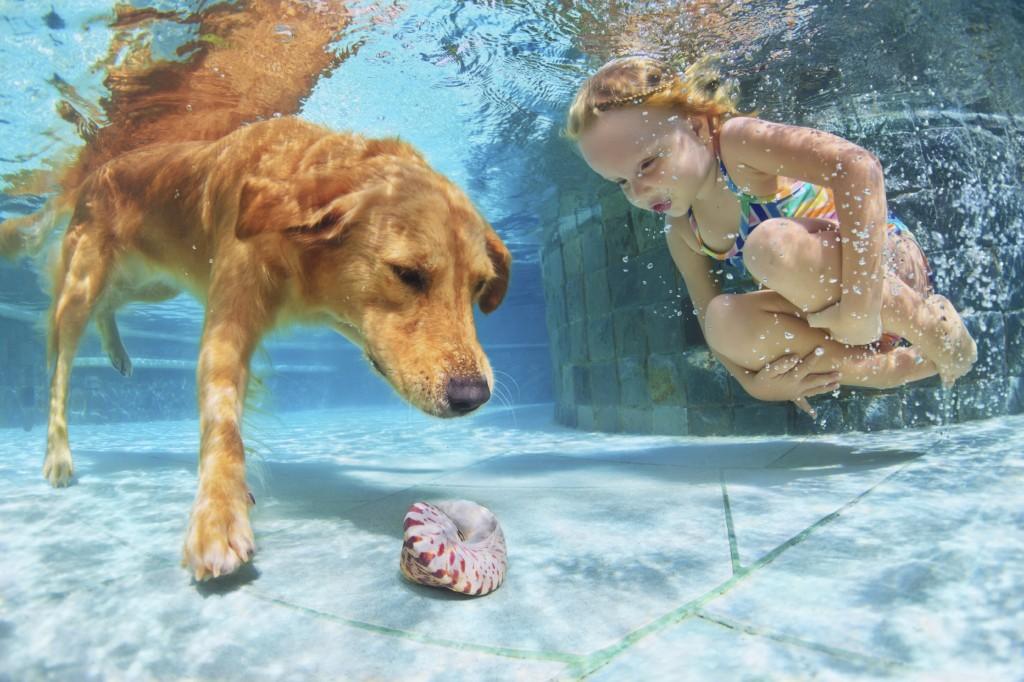By Dr. Brendon Laing
Summer has finally arrived and winter is now a distant memory. With the warmer weather, it is important to remember that heat exhaustion is a common occurrence even here in Ontario. Every summer, patients are presented to veterinarians for treatments of heat stroke. Cases of heat stroke can be mild, but unfortunately can be severe and even prove to be fatal to some pets. At Town & Country Animal Hospital, we have already treated heat exhaustion this year!
As the summer heat and humidity continue, modifying our pets routines accordingly becomes increasingly important. It’s a well known fact that on a sunny day, temperatures inside a car can quickly become intolerable. What many people fail to realize however, is that even outside in non-shaded areas, the heat can quickly affect our pets and cause serious problems.
The reason this occurs is because dogs do not sweat the way we do. In fact, the only sweat glands they have are on the pads of their feet. Additionally, dogs pant to cool down. If a dog cannot effectively cool down, their internal body temperature begins to rise. Heat stroke occurs when their internal body temperature reaches (41oC or 106oF). At these temperatures, multi-organ failure can quickly develop. Tragically, every year thousands of dogs suffer from and die from heat stroke. The good news is that you can learn to recognize signs of heat stroke and prevent it from happening to your dog.
What are the signs of heat stroke?
Signs of heat exhaustion – the last step before heat stroke – include
|
How to Prevent Heat Stroke?
Once heat exhaustion develops, cooling them down is of the utmost importance. If you believe your dog is suffering from heat exhaustion, remove them from the heat, calm them down and douse them in cool water. Run cold water over them until the signs of heat exhaustion subside. If they are vomiting and/or are weak and dizzy head to the nearest veterinarian immediately. Even a few minutes can make all the difference in the world.
- Provide access to ample water
- Ensure dogs outside have access to shade
- Restrict exercise – excessive exercise on hot days can be very dangerous
- Avoid concrete or asphalted area where heat is reflected
- Do not leave you pet in a parked car, even in the shade – temperatures inside a parked car can quickly reach 60oC or 140oF Check out this great video by Dr. Ernie Ward that shows how quickly things can change for a pet when left in a hot car.
- Be extra careful with pets that are more at risk of overheating – even normal activity can be dangerous for these pets
○ Pets with heart disease
○ Obese animals
○ Older pets
○ Brachycephalic dogs – short nosed breeds
Prevention is the best way to avoid heat exhaustion. Be mindful of your pet’s tolerance to the heat and allow them free access to water, plenty of shade and never leave them in a car – even for a minute.





I like that you mentioned cooling your dog down with water. This is a great way to make sure that they are having fun but staying cool in hot temperatures. My sister would love knowing this as she looks for a veterinarian surgeon for her puppy.
Just like us, our pets can get heat stroke if they don’t have enough water during the hot summer months. I do like how you listed the symptoms out as quite a few people don’t know them. Plus, dogs’ bodies act a bit differently than ours so it’s important to keep a close eye on them!